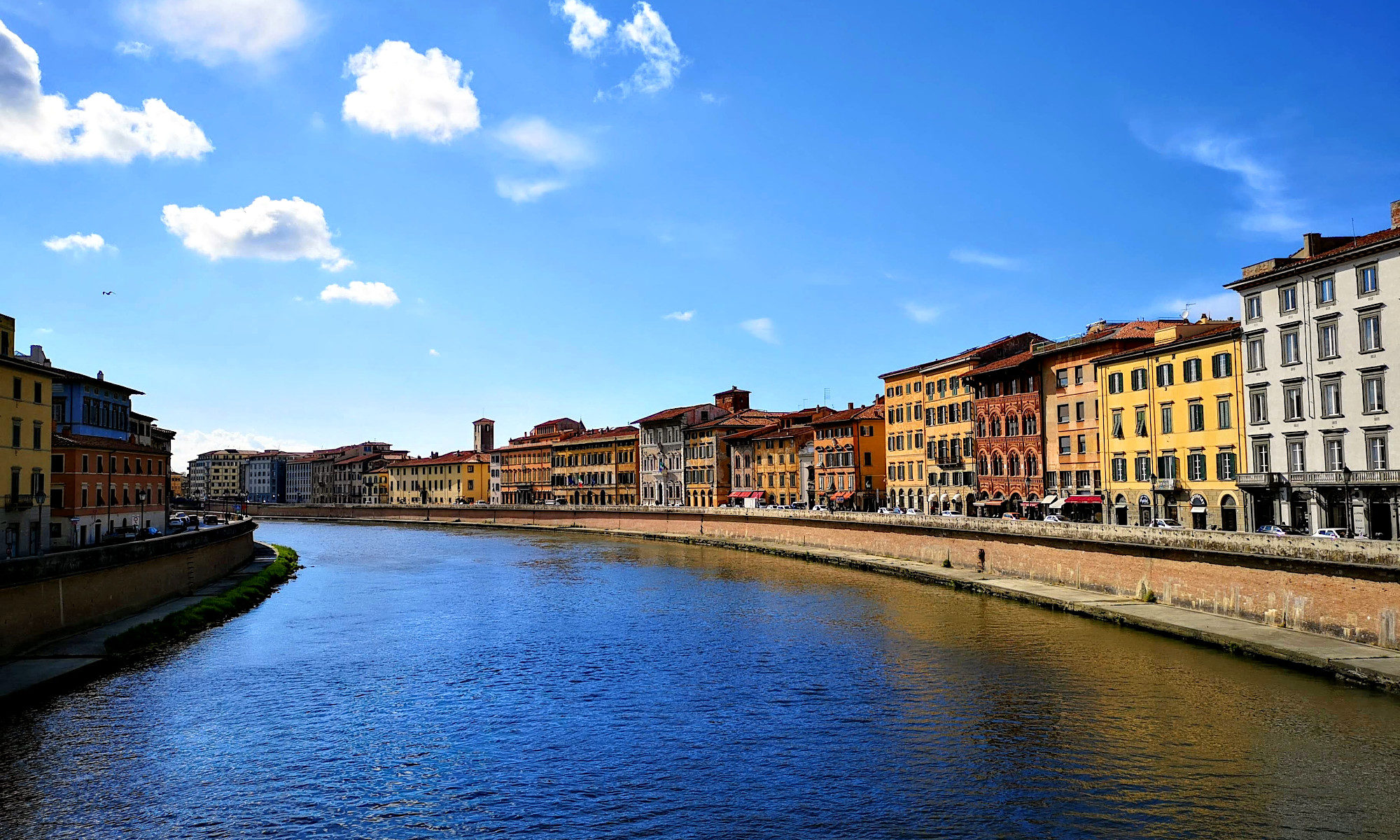In case you’ve been living under a rock for the past few months, the game of the moment is Wordle — an incredibly simple game that Josh Wardle designed for his partner as a harmless amusement. It has since taken off, and I think it’s for much the same reason that everyone started making sourdough bread during the first COVID lockdown — namely, boredom and a desire to escape. If people aren’t doing Wordle, then they are probably knitting or making pottery, or they’re watching all the original Star Trek series episodes in order.
In that vein, I think one of the things that is fascinating to me about Wordle is how different it is from almost everything else around it — and not just games, but media in general. In fact, it’s the opposite of almost everything that falls into that broad category, in almost every way (with one important exception). As I said, it is incredible simple — you get six chances to guess a five-letter word. That’s it. And there’s only one game per day. And it doesn’t cost anything, and there are no ads, and it’s not an app, and you can’t buy new guesses, and it doesn’t spy on your attempts and then try to sell you things.

It’s more than a little sad that the lack of those things — annoying ads, data surveillance, an irritating monetization strategy etc. — is surprising and/or refreshing, but here we are. In so many ways, Wordle is like a thing from another time — a time when people played board games, or did crosswords, or simple word games that were printed in the newspaper or the backs of comic books. Ian Bogost, who teaches media at Washington University in St. Louis, has a really good look at Wordle in The Atlantic, in which he notes:
Wordle owes most of its design to its forebears: a long line of trial-and-error code-breaking games. A similar paper-and-pencil game called Bulls and Cows, in which players try to guess a four-digit number, is at least as old as table tennis. That style of design was commercialized—with great success—as the board game Mastermind around the time Pong appeared. A version with words instead of numbers or colors, called Jotto, appeared as early as the 1950s. Among its many lives, the Jotto design eventually inspired a television game show called Lingo, which aired in the late 1980s. Lingo’s puzzle design is essentially identical to Wordle’s.
So Wordle is very similar to some older forms of media — except for one thing, which as I mentioned earlier, fits right in with our current media environment. And what is that? The ability to share. When you complete your Wordle, you can click and share the completed puzzle, with the letters replaced by coloured squares (yellow for a letter that exists in the solution but is in the wrong place, green if it occurs and is also in the right place). These little charts started showing up on Twitter and Facebook and Instagram, and have since become a flood.
There are even some really creative alternatives to simply sharing coloured boxes — someone wrote a script that feeds your results into a game called Townscaper, so you can generate a building that looks like your results.

Without that feature, I think it would be safe to say that no one would be talking about Wordle, or at least not outside their own family or friend group. The sharing causes conversation — what word did you start with? Why did you choose that word and not this other word? Etc. And as I was thinking about Wordle, and how it was similar to or different from other modern games and entertainment, I kept thinking about Marshall McLuhan, the legendary Canadian media theorist, and an exercise he liked to use that involves a “tetrad” (a graphic with four boxes) with four questions, as a way of thinking about what a new form of media brought with it. The four questions are:
— What does it enhance?
— What does it make obsolete?
— What does it retrieve from the past?
— What does it reverse into?
These questions are really designed for thinking about new media formats, like streaming video, or TikTok, rather than something as simple as a web game. But I still find them to be an interesting way of thinking about Wordle. For example, does it enhance anything? It arguably enhances the feeling of togetherness in some way, since many friends and family are also playing it and sharing their wins or losses. It doesn’t really make anything obsolete, so the second question is moot. The last question — what does it reverse into? — means what does the new medium become when it is pushed too far. McLuhan believed that many media can flip over into a kind of evil-twin or funhouse-mirror version of themselves. Does Wordle do anything like that? Not really.
The third question is one of the most appropriate, I think. Wordle pretty clearly brings back or plays on the kind of scarcity and simplicity that many liked about early forms of entertainment (Brian Morrissey, the founder of Digiday, wrote recently about the return of scarcity). There’s only one Wordle per day, and it is only six guesses and that’s it — although of course, people have created versions that allow for unlimited guesses, or allow you to play all the past versions of Wordle. But I think one of the things that’s most comforting about Wordle is how when it’s over, it’s over. Simple as that. In the same way, a friend said one of the appeals of a printed newspaper is that you can finish it — you flip through and then put it down, and move on. The web, both fortunately and unfortunately, is never-ending — and that can be freeing, but also stressful.
